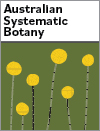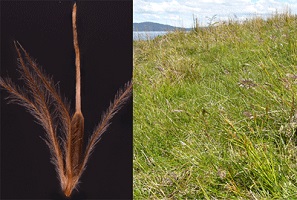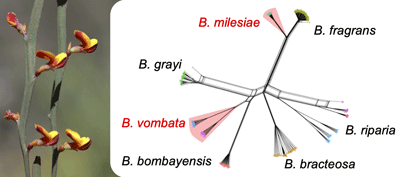In the 1970s, scientists stumbled upon an unusual microfungus named Lappodochium in Brazilian soil. Over the years, the true identity and position in the fungal evolutionary tree remained a puzzle. Through meticulous genetic and morphological investigations, experts have finally unravelled the connection to a known genus called Botryoderma. This revelation not only adds to our knowledge of this captivating fungus but also deepens our understanding of the diverse world of fungi in tropical environments.

Australian Systematic Botany
Volume 37 Number 3 2024
From sea level to snowy mountains, from swamps to bare volcanic rocks grow two groups of flowering plants restricted to the Southern Hemisphere. These sedges, in the genera Asterochaete and Carpha, are usually treated under Carpha but evolutionary studies support recognition of both. Photogenic features of the fruit and perianth allow easy recognition of the genera and we provide tools for the identification of the species, including three new to science and the Australian alpine species particularly vulnerable to climatic changes. (Photographs by J. J. Bruhl.)
SB23015 Abstract | SB23015 Full Text | SB23015PDF (9.2 MB) Open Access Article
This study investigates the population dynamics, diversity and taxonomy of leafless Bossiaea species, a distinctive group of Australian plants, by using whole-genome single-nucleotide polymorphism data. The findings suggest recognition of a new subspecies, Bossiaea vombata subsp. orientalis, and a change in status for B. milesiae to B. fragrans subsp. milesiae. We also highlight challenges in reproduction and gene flow among Bossiaea populations, emphasising the need for coordinated conservation efforts. (Image credit: Keith McDougall.)
SB23031 Abstract | SB23031 Full Text | SB23031PDF (15.6 MB) | SB23031Supplementary Material (240 KB) Open Access Article






